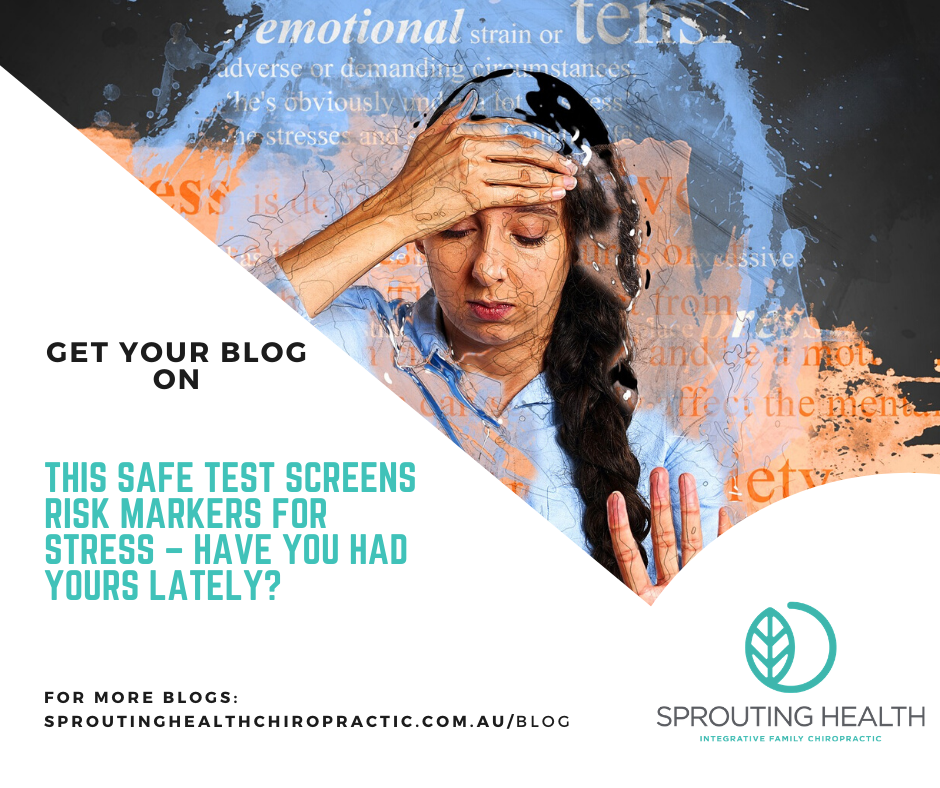|
Did you know having a lower heart rate variability (HRV) has been associated with diabetes, hypertension and cardiovascular disease (CVD)? HRV is a measurement of the time intervals between adjacent heartbeats. The variability in your heart rate reflects vagal tone and our sympathetic nervous system (fight or flight). Low HRV leads to sympathetic (fight or flight response) and vagal tone imbalance. The vagus nerve plays an important role in the regulation of our metabolic homeostasis and messages sent by the vagus nerve can control immune function and pro-inflammatory responses via the inflammatory reflex[1]. Recent studies have reported using HRV in the evaluation of conditions associated with autonomic dysregulation which includes burnout and depression, autoimmune conditions (multiple sclerosis, rheumatoid arthritis), chronic PTSD, working memory performance, cognition, dementia, insulin resistance and metabolic syndromes, type 1 diabetes, cancer prognosis, and cardiovascular disease risk factors[2]. A 2019 study[3], showed that a single session of manual cranial therapy produced short and medium-term effects on parasympathetic activity (rest and digest system). The parasympathetic effects persisted for up to 3 weeks and resulted in better cardiac vagal control and better self-regulation. Monitoring your heart rate variability is one of the many ways we assess your health prospects at Little Sprouts. So if you would like to know if we can help manage your health and any health issues, give our clinic a call today! References
1. Pavlov, V. A., & Tracey, K. J. (2012). The vagus nerve and the inflammatory reflex—linking immunity and metabolism. Nature Reviews Endocrinology, 8(12), 743. 2. Kent, C. (2017). Heart rate variability to assess the changes in autonomic nervous system function associated with vertebral subluxation. Res Rev Neurosci, 1, 14-21. 3. Bayo-Tallón, V., Esquirol-Caussa, J., Pàmias-Massana, M., Planells-Keller, K., & Palao-Vidal, D. J. (2019). Effects of manual cranial therapy on heart rate variability in children without associated disorders: Translation to clinical practice. Complementary therapies in clinical practice, 36, 125-141.
0 Comments
Leave a Reply. |
AuthorBlogs by the team at Sprouting Health Archives
July 2024
Categories |


 RSS Feed
RSS Feed
